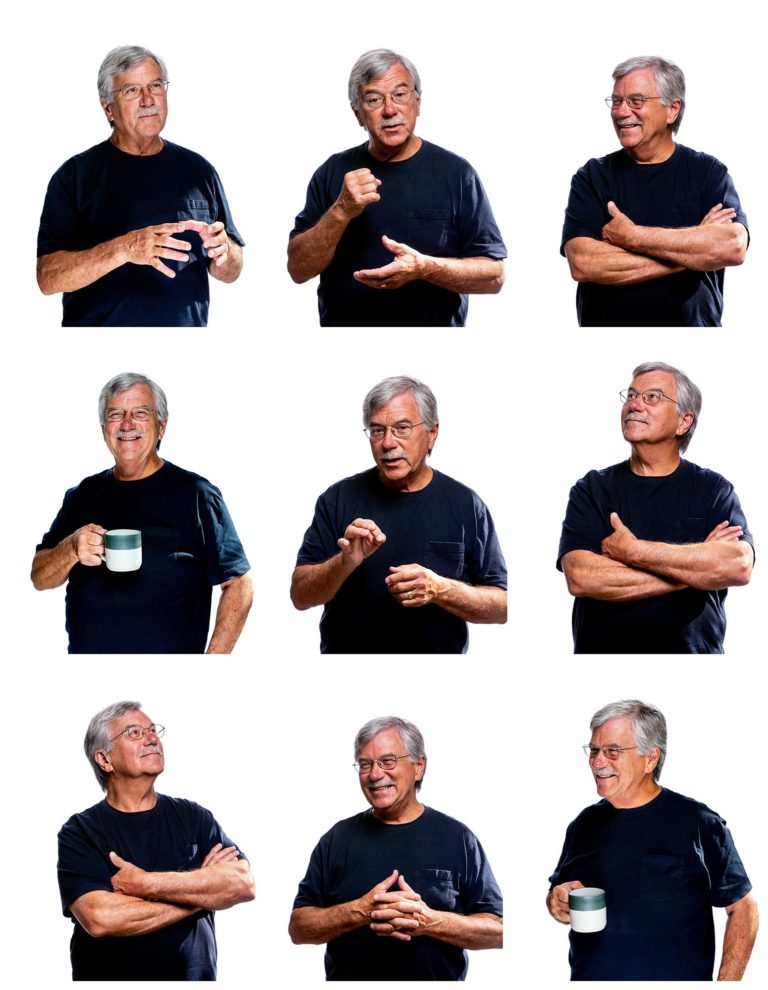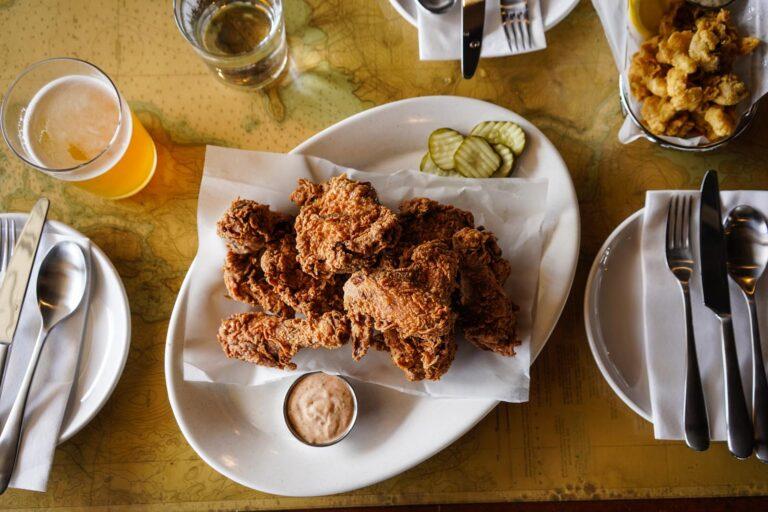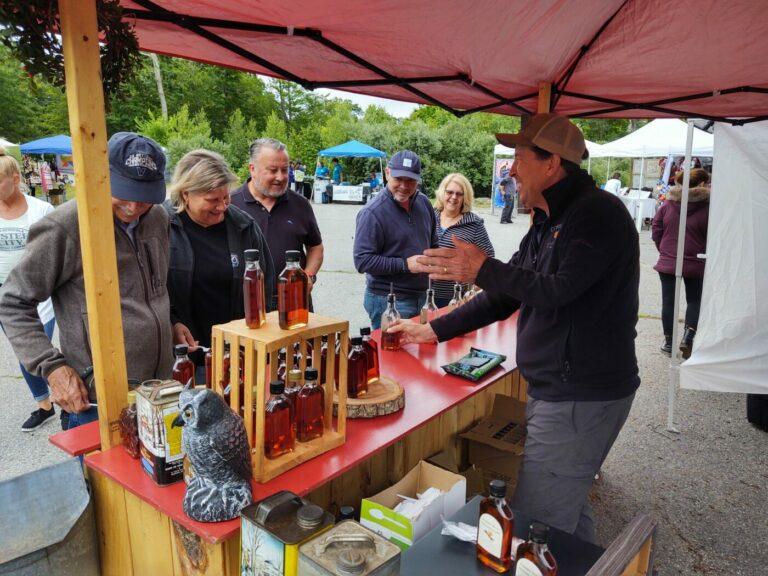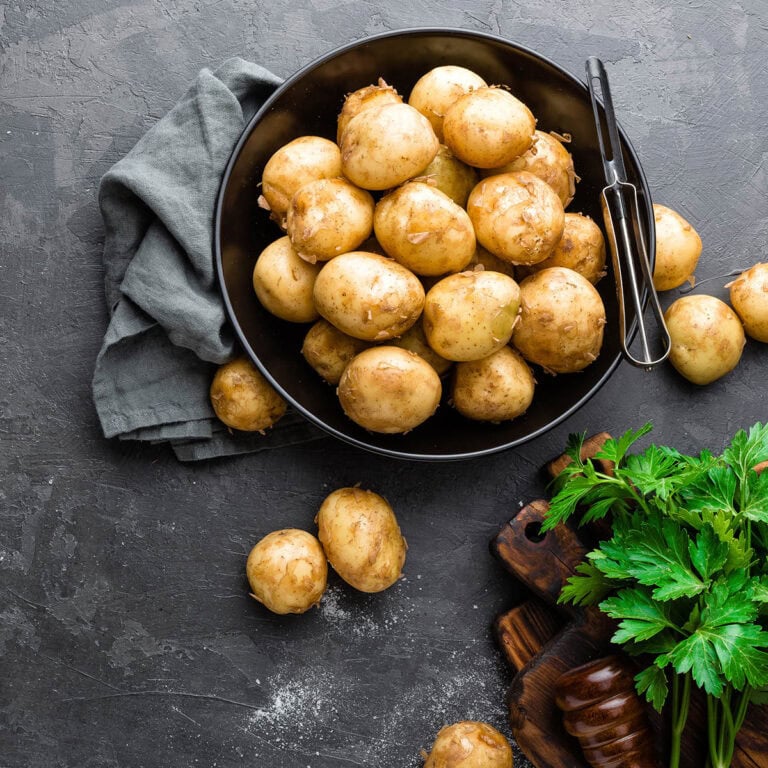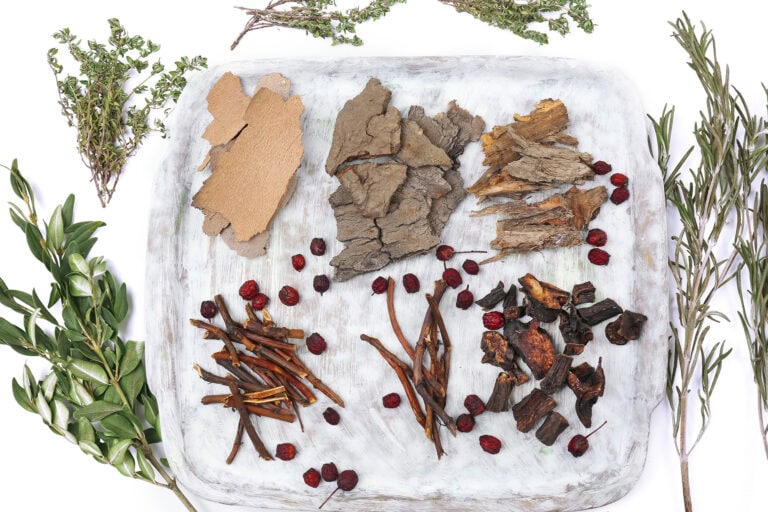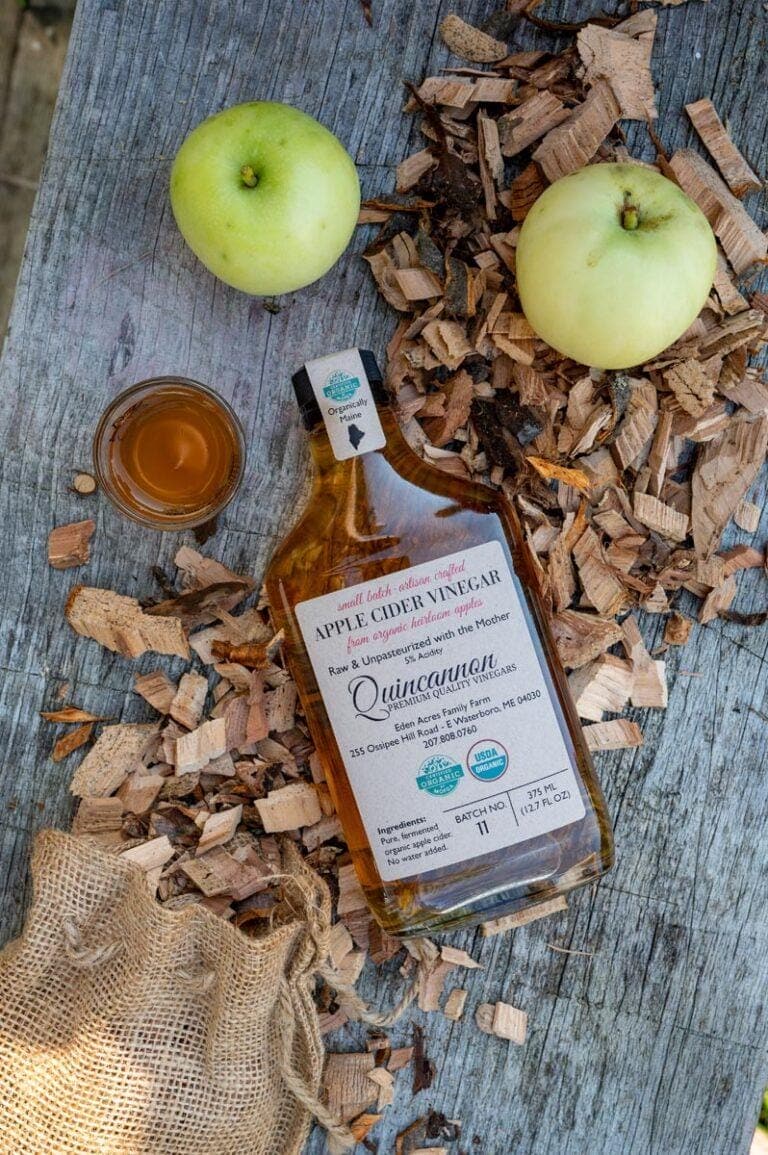Portland-based chef Amy Kayne has always been happiest with lemons in her hands, says her mother, Christine Gulino, recalling Kayne’s first visit to a relative’s southern California home when she was about 6 years old. “She kept picking and picking, armfuls of them. I wasn’t sure how we’d use all of them,” says Gulino. Kayne recently chatted with edible MAINE editor-in-chief Christine Burns Rudalevige about how she and her team at 2Gether Private Chefs use lemons and culinary joy liberally across their catering and bespoke cooking class menus. The conversation has been edited for length and flow.
How do you define culinary joy?
It’s being able to create something with my own two hands and then watching how [clients] react to the food I’ve created based on the conversations I have with them about the foods they love.
Are there standard questions you ask of your clients before you cook for them?
I ask them what they like to eat at 8:30 at night. That gives me the best idea of whether their palate favors sweet or savory. And then I try to uncover emotional connections they might have with food, and try to tie those memories into a menu for a special event.
I was working with a younger man who’d suddenly lost his wife. We were planning the food for a memorial event to celebrate her life. He told me that she loved pork, but he hated it, so she didn’t cook it much. He also told me his favorite meat dish was veal or chicken saltimbocca. So, the menu featured pork saltimbocca as a combination of their tastes. After the memorial, his mom sent me a letter that I’ve kept. She wrote that the meal felt like I was giving them all a big hug. Joy is happiness, of course. But there’s always some comfort built into it too.
Can you recall your first memory of culinary joy?
Every Sunday my [Lebanese] grandmother—we called her Tattee—would come to our house. She was always in a full suit, heels, her hair just so. And my aunts would come, too, and we would all help cook. They each had their specialty—spinach pie, kibbee, cookies. I always had the job of picking the parsley. And I remember learning how to make the perfect diamond shape for the kibbee.
What food memories have you created with your own kids?
They have always loved picking their own food—tomatoes from the garden, mussels for the shell. My son’s first word was “na-na,” which means “mint” in Arabic, because we’d picked so much of it to put in our food.
How do your Italian and Lebanese roots manifest joy at the table?
On the Italian side, the joy is always very loud, very rambunctious. There is yelling, but it’s positive yelling. You’re just very excited and enjoy the people and the food. On the Lebanese side, there was always so much more conversation as you sat and ate all afternoon. You’d sit around a huge mezze board and linger for hours.
At this point in your life, do you derive more pleasure out of cooking or eating?
Right now, I like combining different ingredients and then watching how my clients interpret them emotionally.
What ingredient makes you happiest?
It’s lemons. I use them no matter what cuisine is on the menu. It could be a main ingredient, used to complement a main ingredient, or used—just a squeeze—at the last minute to brighten a dish up and complete what it tastes like on your palate. Always look for the lemons with smooth skin. They have the most juice.
When you’re eating a great meal, do you have a consumption strategy? It’s so good you’ve got to eat it until it’s all gone? Or do you stop and savor it?
If I am dining at a restaurant, I’ll taste each component of the dish by itself and then take a bite of them all together like the chef intended you to fully experience it. You understand, then, how the chef balanced the dish that way. Of course, I would never do that when a friend’s cooked for me. Then I just eat and enjoy the food, the company, the conversation.
Is the joy of cooking something you’re born with, or can it be learned behavior?
A lot of chefs have this passion to cook. It’s not usually just a job. It’s part of your core. Bottom line, I think most of the time it’s in you, and it’s very often there because you were raised that way. But that doesn’t mean that you can’t learn to love cooking. That innate passion and joy that some people have, it’s contagious. You can spread it round by teaching other people how to cook.
Take my kids, for example. I’ve always cooked with them. But I think once the pandemic hit, that’s when everything turned over for them, to where they really began to understand the magic of the process. My son was making an Italian sandwich for his lunch last night. He small diced the onions and chopped kalamata olives and put it all together the way he likes it. I think there is a lot of joy in the independence of cooking what you really want to eat.






